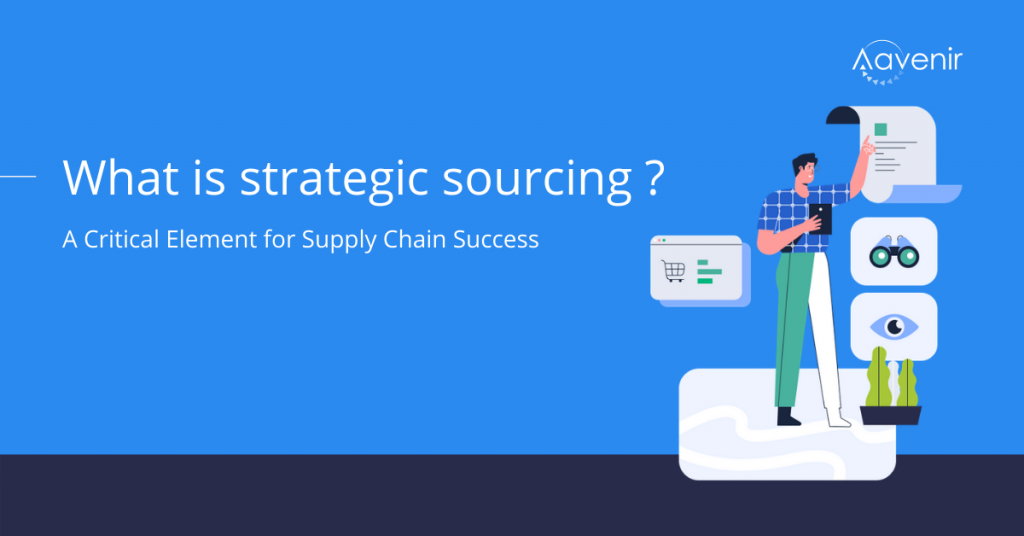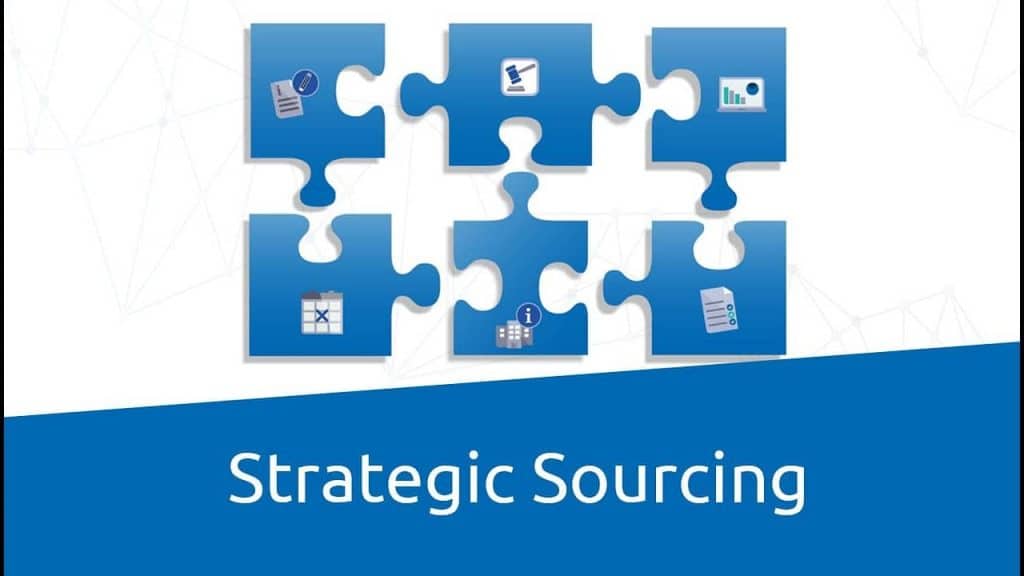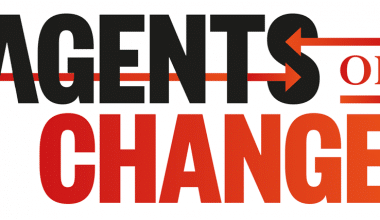Every business should be aligned with its suppliers, however, this is why the strategic sourcing process is vital to every organization. Also, a strategic sourcing manager helps in solving business goals. That being said, this article will show you some of the examples and recruitments strategies of Strategic Sourcing.

What is Strategic sourcing?
This Strategic sourcing is an approach that creates the way information is gathered and used to use its consolidated purchasing power to find the best possible values in the marketplace and align its purchasing strategy to business goals. Also, it is the process of identifying the spend profile of an organization and its supplier base. However, it is to ensure their business conditions are aligned with the suppliers.
Strategic sourcing is a procurement method that connects data collection, spend analysis, market research, negotiation, and contracting. Also, It stops short of the exact purchase of and payment for goods and services. Strategic sourcing can be customized to meet a customer’s specific needs. However, its major goal is to leverage a single, integrated system to improve profitability.
Businesses can use strategic sourcing to make their procurement processes less myopic and to focus on the price. They rather allow them to create an adaptable system that gives to the overall value of the business long term. The process begins with examining business needs and historical spending. Secondly, outlining a strategic plan. Then, conducting data collection and market analysis that guides the selection of a roster of suppliers.
What Makes a Good Sourcing Strategy?
Examine the company’s product categories, spending habits, and associated processes and departments. Create a plan for acquiring goods and services that serves the company’s larger objectives. In order to build a successful portfolio, it is necessary to first conduct a thorough analysis of the market for suppliers. Lay out the guidelines and formats for making requests for bids.
What Is the Difference Between Procurement and Strategic Sourcing?
Purchase orders are an example of the tactical, day-to-day transactions that make up procurement operations. Strategic sourcing, on the other hand, encompasses many different types of sourcing, such as supplier development. To plan strategically
What Is RFP in Strategic Sourcing?
This phase is a formal and structured process for gathering vendor-specific data and costs. Asking potential vendors for advice on how to answer a question. Additionally, RFP( Request for Proposal) permits a side-by-side comparison of suppliers.
Strategic Sourcing Manager
A strategic sourcing manager chooses, evaluates, and manages vendor partnerships. However, they use these relationships, along with data analytics, to solve problems and reach business goals.
Additionally, the position centers on using strategic sourcing principles in the procurement process. Accordingly, they consider each factor that affects a vendor’s overall value. For example, they take into account the gain or risk of partnering with a vendor. Also, it considers their reliability, long-term compatibility, intangible value, and much more. Eventually, the goal is to maximize value and minimize risk.
Strategic Sourcing Manager Salary
As of May 25, 2021, the average annual salary for a Strategic Sourcing Manager in the US is $97,083 a year.
If you calculate it per hour, that will be approximately $46.67 an hour. This is the equivalent of $1,867/week or $8,090/month. Also, the majority of Strategic Sourcing Manager salaries currently range from $86,500 to $107,500.
However, top earners make $120,000 annually across the United States. The average salary range for a Strategic Sourcing Manager varies greatly. Hence, this suggests there may be several opportunities for advancement based on skill level, location, and years of experience.
To determine the most accurate annual salary range for Strategic Sourcing Manager jobs, ZipRecruiter continuously looks at its database of millions of active jobs published locally throughout America.
What Does a Strategic Sourcing Manager Do?
A manager of strategic sourcing is responsible for the evaluation, selection, and management of all external suppliers. Together, data analytics and their established network allow them to effectively address challenges and accomplish organizational objectives. Likely, you’ll be responsible for implementing strategic sourcing strategies throughout the purchasing cycle in this position.
What Are the Three Main Approaches to Sourcing?
Multiple, single, dual, and partnership sourcing strategies were chosen. In multiple sourcing, the buyer interacts with multiple suppliers, while in single sourcing, the buyer works with just one.
Examples of Strategic Sourcing
Examples of Strategic sourcing are However, here are the examples of sourcing strategies.
Direct purchase: It involves sending a request for proposal (RFP) or a request for quote (RFQ) to select suppliers.
Acquisition: This involves purchasing from a desirable supplier.
Strategic partnership: It also involves entering into an agreement with a particular supplier.
Strategic Sourcing Process
In achieving strategic sourcing, there are processes that an organization should follow. However, here are the processes you must follow to produce the best results for strategic sourcing.
Understanding the category
You must first clearly set the sourcing category or commodity. You must know the current quantities or services being sourced, what types, and what sizes. Also, who are the end-users, where can you find them, what are the logistics, and who else is in the supply chain? Spend visibility is the key to understanding the category and the commodities in it.
Know the supply market
Examine the cost elements that make up the product or service (cost drivers). Examine key raw material prices and other cost elements such as labor and transportation. Then use these later to estimate proposed bids. Also, examine the external marketplace to look for potential new global and local suppliers. Hence, identifying both risks and opportunities. Find out what real options there are to the current suppliers.
Develop a sourcing strategy
You need to decide on how and where to buy while minimizing risk and costs. Also, re-negotiate with the current supplier is also an option for you. The strategy you select must be the one that suits your business terms and resources. We recommend a cross-functional project team involving all stakeholders, not only the end-users and subject matter experts (SMEs).
Select suppliers and negotiating terms
The process of selecting a supplier includes handling multiple rounds of negotiations with potential suppliers. The final selection of the chosen supplier is based on the pre-agreed criteria. Both sides must draft and sign the contract. However, people often overlook this vital step. Contract management is more effective and easier to control using software solutions that automate many parts of the process.
Implement and integrate
Make sure that the supplier, internal end-users, and everyone concerned is involved in the design and implementation of the solution. Effective implementation is only possible with extensive communication and a strong focus on change management.
Reporting and tracking results
This is a major step in securing the success of any strategic sourcing project. Technology solutions applied to the tracking of savings will identify when and where the supplier is adding value. Automated reporting provides quicker and more accurate feedback and simplifies supplier relationship management (SRM).
SRM plays a big part in realising the benefits of a contract. Constant monitoring of purchases made ensures that full value is being achieved from the contract. Failure to do this will not only mean lost savings but will promote the practice of “maverick” spending.
Strategic sourcing is not a linear process, it is circular. Before the end of a contract, go back to the beginning to review the supply market again and restart the process. Market conditions change, benchmark the commodity or category again and proceed from there.
Now, lets discuss the strategic sourcing recruitment.

Strategic Sourcing Recruitment
Strategic sourcing recruitment is a strategy by which usable candidates are identified by organizations with a hiring need. Sometimes by the executive recruiters or search consultants who have been hired by those organizations. This strategy is comprised of multiple candidate sourcing methods, which are often used in combination to maximize results.
Generally, there are several recruitment sourcing strategies. The way in which these techniques are used depends upon a wide display of factors, some of which include:
- The types of candidates needed
- Past success (or lack of success) using the method
- The preferences of the hiring authorities or recruiters
- The personnel available to utilize the strategy
- The resources at the disposal of the person (or people) utilizing the strategy
Conclusion
In conclusion, strategic sourcing is a vital aspect of any business strategy in order to achieve its goals. Strategic sourcing is a procurement method that connects data collection, spend analysis, market research, negotiation, and contracting. Also, It stops short of the exact purchase of and payment for goods and services.
Strategic Sourcing FAQ
What is strategic sourcing and why is it important?
Strategic sourcing is an approach that creates the way information is gathered and used to use its consolidated purchasing power to find the best possible values in the marketplace and align its purchasing strategy to business goals
What is the difference between sourcing and strategic sourcing?
Strategic sourcing has its examples. However, here are examples of sourcing strategies.
- Direct purchase: It involves sending a request for proposal (RFP) or a request for quote (RFQ) to select suppliers.
- Acquisition: This involves purchasing from a desirable supplier.
- Strategic partnership: It also involves entering into an agreement with a particular supplier.
- Strategic Goals: Setting Goals For any Business(+ Detailed Guide).
- What Is Strategic Financial Management?- Functions and Importance
- Strategic Risk Management: Overview, Plans, Implementation (+ Free tips)
- MINISTRY OF FINANCE: History, Parastatals, Recruitment, Addresses
- Strategic Alliance: Types & Examples in 2021






